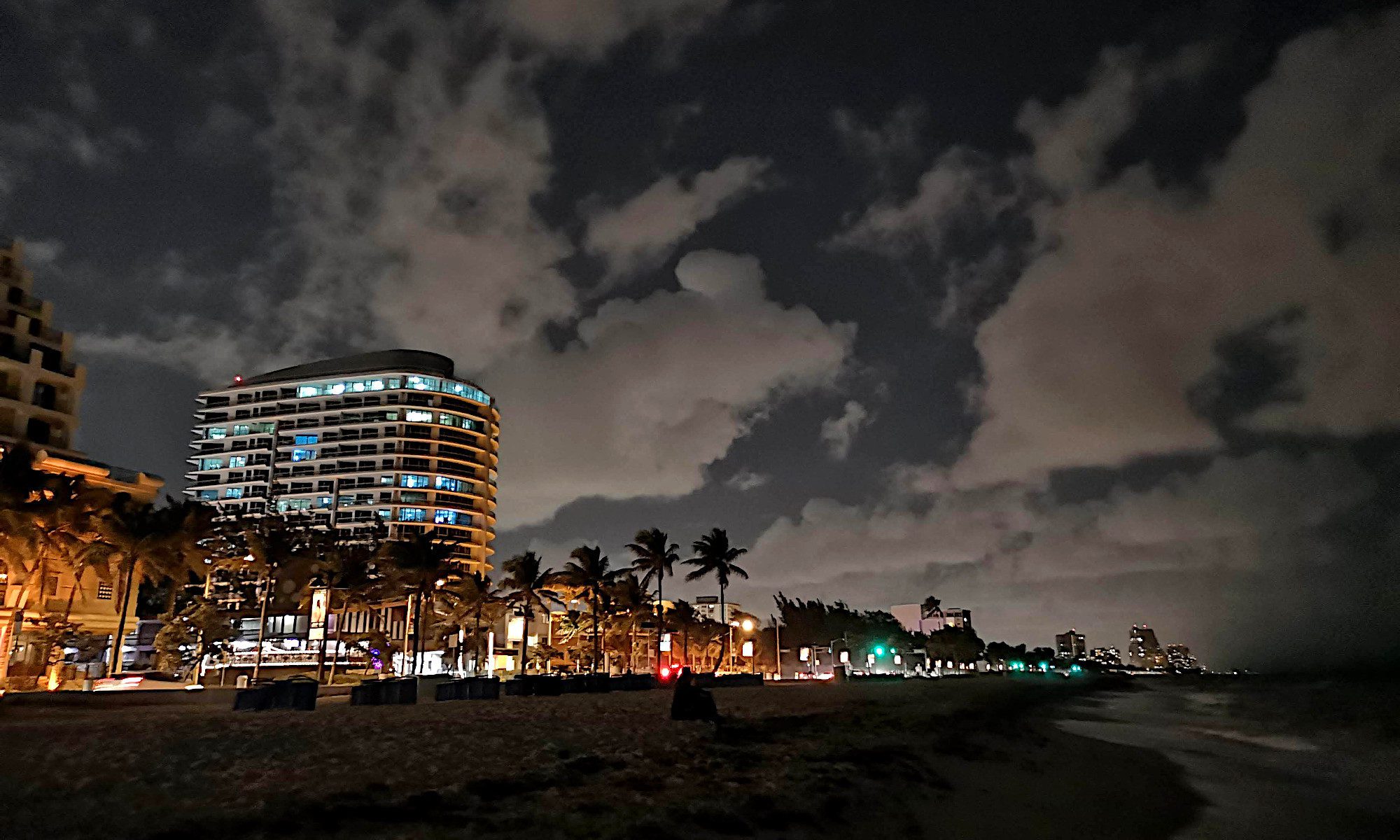(Note: This was originally published on the Globe and Mail website)
I gave a short presentation at the Podcamp Toronto “unconference” a few days ago about some of the things we’re doing here at the Globe and Mail as far as “social media” is concerned, and a number of people asked me if I would be putting the slides up anywhere, so I uploaded them to Slideshare and have embedded the presentation here in this post (or you can go here to see them). They don’t include my witty banter, of course, but I may add that later if I get ambitious.
Here’s the condensed version of my presentation: I introduced myself as a former reporter, columnist, technology writer and blogger for the Globe who is now the paper’s online “communities editor,” for lack of a better term. That means I am trying to think of — and follow through on — as many different methods of creating, enhancing, fertilizing and connecting with communities of readers around various topics. I went through a few of the ways we are trying to do that, as well as the rationale behind them and what we have learned from them, and then I closed with what we are hoping to do in the future.
The first big experiment was a project called the Public Policy Wiki, which we set up quite quickly and with fairly limited resources (or time), using an off-the-shelf implementation of TikiWiki, which I highly recommend as a very flexible and multi-faceted wiki platform. We deliberately didn’t over-design it, because we wanted to make it look different from the Globe — and wanted it to look sort of experimental as well, which it is. We had quite a lot of success with the first issue we tackled, which was the federal budget, but less so with the second issue (Afghanistan). We are launching a third leg soon on the environment.
One of the other big experiments has been our increasing use of Cover It Live, a live-blogging/discussion tool developed by Keith McSpurren and his team in Toronto. It provides an easy-to-use and administer platform for hosting live-blogs, with a dashboard that allows you to approve individual comments, auto-approve commenters (so their comments flow in automatically), block commenters, send private messages, post audio/video/photos, conduct polls and so on. It is easily embedded in a story page, and it has been a great tool for our coverage of things such as the budget, the CRTC hearings, a subway shooting and the Obama inauguration.
The third thing I focused on is Twitter (where I am @mathewi). We have only a handful of reporters and editors on Twitter, in contrast to somewhere like BusinessWeek, which has 50 or more, but we are gaining steam. I have been promoting the use of Twitter as a way of connecting directly with readers — not just to promote our content, but to use readers as a resource for stories and our coverage of them. It also humanizes the newspaper and its staff in a way (my friend Duarte put that very well in this message).
As far as lessons go, you can read the slides yourself, but the things I’ve learned so far are in many cases relatively simple:
— things like the Policy Wiki don’t just draw a huge crowd without some work; there needs to be an obvious incentive of some kind, plus some good old-fashioned promotional effort, and better tie-ins between the wiki and the paper
— Cover It Live is a great way of making an event into a kind of micro-community, and many people like the immediacy; others (including some within the newsroom) find it noisy and distracting
— Twitter needs to be personal or it’s simply not going to work. And if you let it, it will suck up every spare moment you have 🙂
Let me know what you think, and if you have any thoughts or questions, my contact info is on the last slide. If you like this post, click the little bird that’s embedded in the first paragraph and it will add it to Twitter for you.
